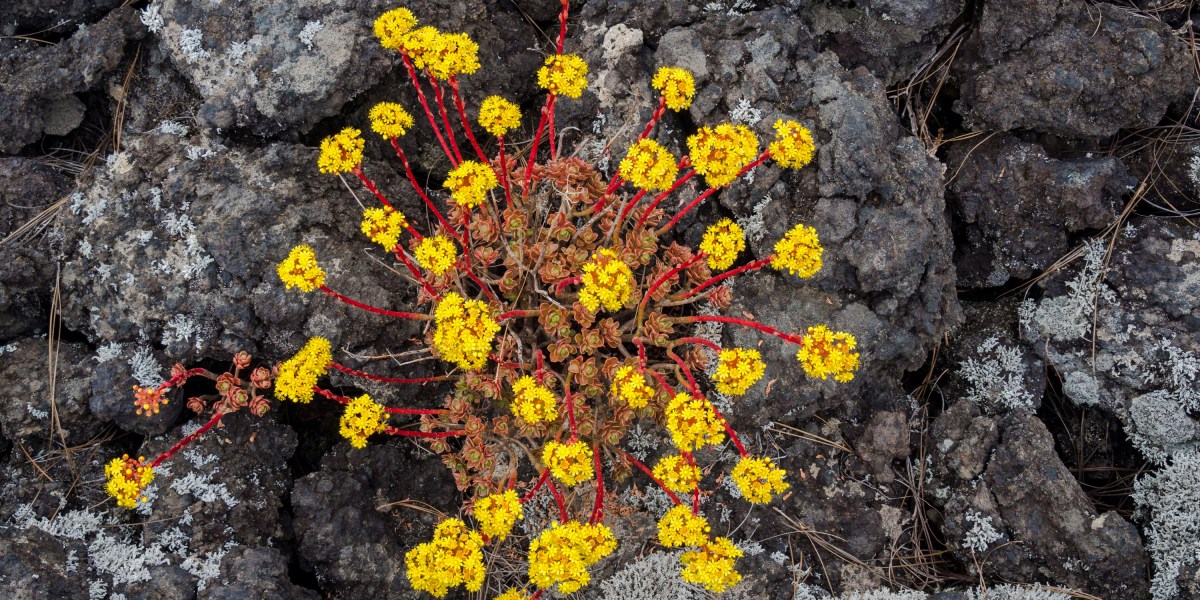Metals like nickel, crucial for the lithium-ion batteries used in electric vehicles, are in high demand. But building new mines to meet that demand can be difficult because the mining industry has historically faced community backlash, often over environmental concerns. New mining technologies could help diversify the supply of crucial metals and potentially offer alternatives to traditional mines.
“Everyone wants to talk about opening a new gigafactory, but no one wants to talk about opening a new mine,” says Philseok Kim, program director at ARPA-E for the phytomining project. The agency saw a need for sustainable, responsible new mining technologies, even if they’re a major departure from what’s currently used in the industry. Phytomining is a prime example. “It’s a crazy idea,” Kim says.
Roughly 750 species of plants are known to be hyperaccumulators, meaning they soak up large amounts of metals and hold them within their tissues, Kim says. The plants, which tend to absorb these metals along with other nutrients in the soil, have adapted to tolerate them.
Of the species known to take in and concentrate metals, more than two-thirds do so with nickel. While nickel is generally toxic to plants at high concentrations, these species have evolved to thrive in nickel-rich soils, which are common in some parts of the world where geologic processes have brought the metal to the surface.
Even in hyperaccumulators, the overall level of nickel in a plant’s tissues would still be relatively small—something like one milligram of metal for every gram of dried plant material. But burning a dried plant (which largely removes the organic material) can result in ash that’s roughly 25% nickel or even higher.
The sheer number of nickel-tolerant plants, plus the metal’s importance for energy technologies, made it the natural focus for early research, Kim says.
But while plants already have a head start on nickel mining, it wouldn’t be feasible to start commercial operations with them today. The most efficient known hyperaccumulators might be able to produce 50 to 100 kilograms of nickel per hectare of land each year, Kim says. That would yield enough of the metal for just two to four EV batteries, on average, and require more land than a typical soccer field. The research program will aim to boost that yield to at least 250 kilograms per hectare in an attempt to improve the prospects for economical mining.
The seven projects being funded will aim to increase production in several ways. Some of the researchers are hunting for species that accumulate nickel even more efficiently than known species. One candidate is vetiver, a perennial grass that grows deep roots. It’s known to accumulate metals like lead and is often used in cleanup projects, so it could be a good prospect for soaking up other metals like nickel, says Rupali Datta, a biology researcher at Michigan Technological University and head of one of the projects.

